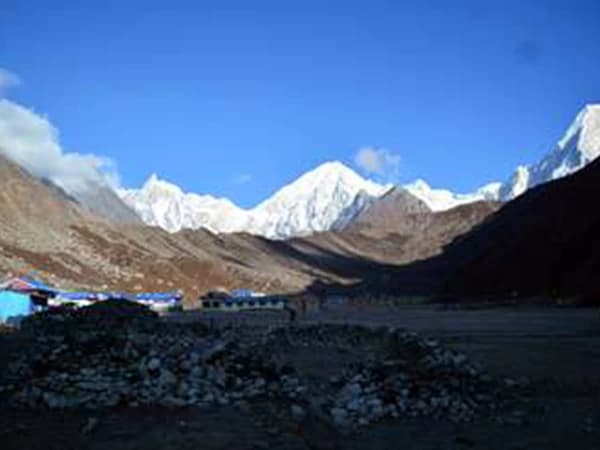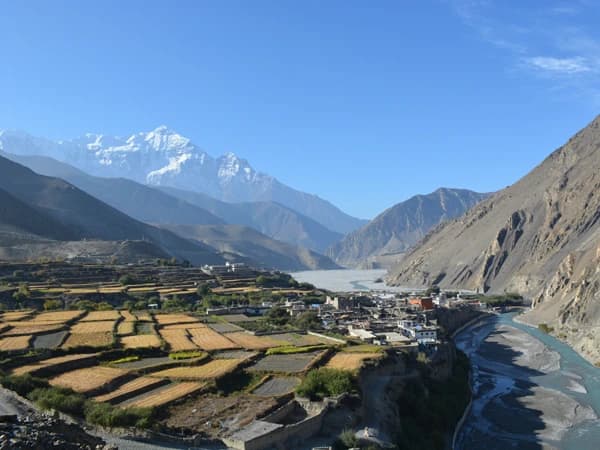What are HAPE & HACE?
HAPE (High Altitude Pulmonary Edema) is the gathering of liquid in the lungs. The imperative sign is windedness. HAPE may show up alone with no first side effects of AMS (this occurs in about half of cases) or it might create in the meantime as AMS or HACE. Serious instances of HAPE may result in the increase of HACE in the later stages. HAPE may grow quickly (in 1 to 2 hours) or bit by bit over days.
It frequently occurs amid or after the second night at another height. HAPE can occur while dropping from a higher height. It is the commonest reason for death because of elevation disease. HAPE is bound to happen in individuals with colds or chest contaminations. It is effectively confused with a chest disease/pneumonia. On the off chance that you have the smallest uncertainty, treat for both.
HACE (High Altitude Cerebral Edema) is the gathering of liquid in and around the cerebrum. The vital side effects and signs are a serious migraine, loss of physical coordination and a declining dimension of awareness. Ordinarily, side effects and indications of AMS turn out to be more regrettable and HACE grows (however HACE may come on so rapidly that the AMS arrange isn't taken note). Additionally, HACE may occur in the later phases of HAPE.
Symptoms and signs of HAPE
- Cough (often with pink, frothy sputum)
- Breathlessness at rest or with activity
- Difficulty in walking uphill
These signs, for the most part, start two to four days in the track of reaching a certain height. You could conceivably have signs of intense mountain infection (AMS). Signs can exacerbate, and you may feel more short of breath, even while resting. You may likewise start to hack up pink, foamy sputum (spit).
Symptoms and sign of HACE:
HACE usually occurs within one to three days after traveling above 9800 feet (3000 m). Symptoms may include:
- Severe exhaustion or weakness
- Drowsiness, confusion or irritability
- Difficulty walking straight
- Acting drunk
How to avoid HAPE and HACE?
High altitude disease can usually be avoided by watching for early signs and symptoms (mentioned above) of high altitude illness and responding quickly.
Preventive measures of HAPE and HACE
These are the preventive measure you have to follow when having these diseases:
Ascend gradually, if possible. Avoid going directly from low altitude to more than 9,000 ft (2,750 m) sleeping altitude in 1 day. Once above 9,000 ft (2,750 m), move sleeping altitude no higher than 1,600 ft (500 m) per day, and plan an extra day for acclimatization every 3,300 ft (1,000 m).
- Consider using acetazolamide to speed acclimatization, if abrupt ascent is unavoidable.
- Avoid alcohol for the first 48 hours.
- Participate in only mild exercise for the first 48 hours.
- Having a high-altitude exposure at more than 9,000 ft (2,750 m) for 2 nights or more, within 30 days before the trip, is useful.






